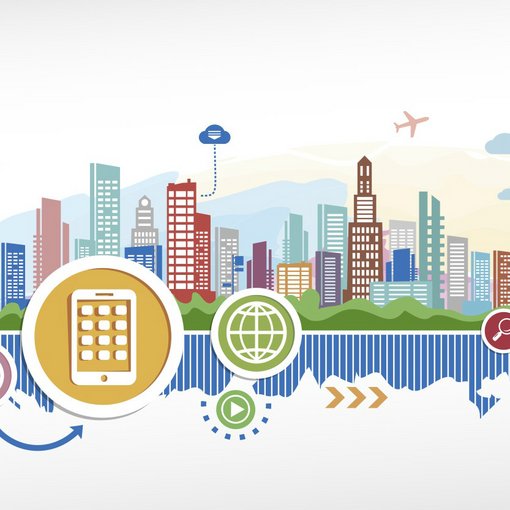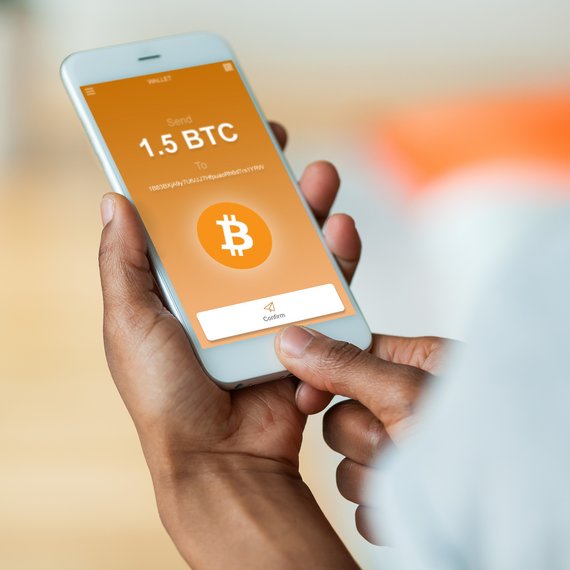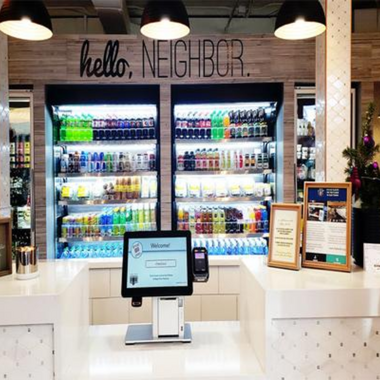
- Five minutes read
Payment trends 2022: Shifting the needle in the next 12 months
The payments industry continues to evolve at pace. Here are some of the factors we expect to have the biggest influences on consumers and business in the coming year.
The pandemic bites back?
The global economy made a strong recovery in the second half of 2021 as the pandemic began to wane for the first time. However, with COVID-19 making a resurgence in many countries, businesses and consumers will be facing a fresh set of challenges that they weren’t expecting to kick off the year. Most are in a better position to weather the storm than they were during the initial wave, but others barely survived to this point and simply will not be able to cope with any sustained hardship.
For the payments industry, continuing to offer support to businesses as they plot their way beyond the pandemic will be the overarching narrative of H1 2022.
The globalisation of instant bank transfers
The Open Banking legislation in Europe has enabled financial institutions to offer a number of payments services, including direct bank transfers for cross border real time banking payments in the region. Beyond Europe there is no legal framework in place to support Open Banking, but that doesn’t mean financial services and fintechs aren’t building their own networks via different means.
Banks and fintechs are developing relationships to enable direct bank transfers and real time banking payments between countries such as the U.S. and South America, and other countries such as Australia and India are investing in similar schemes. One of the big trends in global payments in 2022 will be the expansion and connection of these cross border direct bank payments networks into a single structure akin to a global Open Banking initiative.
5G and Wallets-as-a-Service propel embedded finance
Embedding payments and other financial products into non-financial apps and services is one of the most exciting trends in fintech at the moment. Payments and other financial services products are increasingly being baked into the user journey, meaning the customer gets the financial product they need, at the right time, without having to leave the app they're using or key in their payment details every time they make a purchase. It's simpler, more convenient, and, most importantly, a frictionless and effortless experience.
Two factors that we expect to see driving further growth in embedded finance is the expansion of Wallets-as-a-Service, which will enable non-financial businesses to quickly implement multiple seamless payments through a single simple integration, and the development of 5G, which will enable more IoT enabled technologies to integrate financial elements into their user experience.
The mass arrival of crypto payments
For years crypto evangelists have been waiting for more real-world use cases for decentralised currencies, and the most popular among these is clearly mainstream eCommerce payments. Now we’re starting to see a response for businesses.
Businesses offering crypto payments as an option in their online checkouts will grow rapidly in the next 12 months, globally. According to our latest research nearly half (48%) of businesses say they are committed to offering crypto payments in their online checkout as quickly as possible, and 53% say they either already offer crypto payments or plan to offer crypto in their online checkout in the next year.
Increasing potential for mobile wallets to overtake cash and cards for instore payments
Contactless payments becoming the dominant form of physical payments will be one lasting legacy of the COVID-19 pandemic for payments, but we do not expect that trend to plateau. The convenience and security benefits of mobile wallets has already resulted in a surge in consumer adoption (e.g. 40% of all smartphone users over the age of 14 in the U.S. were using mobile wallets by the end of 2020) and this growth will continue; with online and offline payments methods merging and global smartphone penetration accelerating we may even see mobile wallets become the most popular form of physical payment method globally as soon at the end of this year.
Neobanks use payments to win high street banking customers
The closure of high street bank branches in many countries has been rapid and extensive in recent years (e.g. in the UK over 4,000 bank branches have been closed since 2015). As this continues, expect to see digital only banks step up to fill the growing void for customers that can no longer access their bank in person.
Digital banks have the competitive advantage over traditional banks for user experience, which will be key to winning customers that have relied on branch services at least in-part because they are not technically savvy. But another element will be keeping cash in the mix for customers that have maintained a physical relationship with their bank for that purpose. That’s why digital banks are increasingly partnering with digital cash solutions to transform third party stores into ‘virtual bank branches’ – the customer makes a digital payment into their online bank account then deposits cash at a registered pay point to complete the transaction.
An even more important role for omnichannel payments
The COVID-19 pandemic has accelerated the merging of online and retail payments, and for businesses this means a renewed commitment to omnichannel payments. Consumer shopping habits have permanently changed; customers will continue to order products and services online and collect them in person or pay on delivery, and we will also see more in-store app checkouts that enable customers to shop in person but pay online.
Businesses that have previously not seen the need to embrace omnichannel will have to rapidly rethink in 2022. We have already seen from our recent business research that the future of retail is combination in-store and online; 71% of U.S. SMBs already accept customer payments online and almost half off those that don’t already plan to launch an online checkout in the future (but only 13% are considering closing their stores and operating as an online only business).
To succeed in this environment businesses must tap into the value a single source of payments data can provide into customer behaviours and trends.




